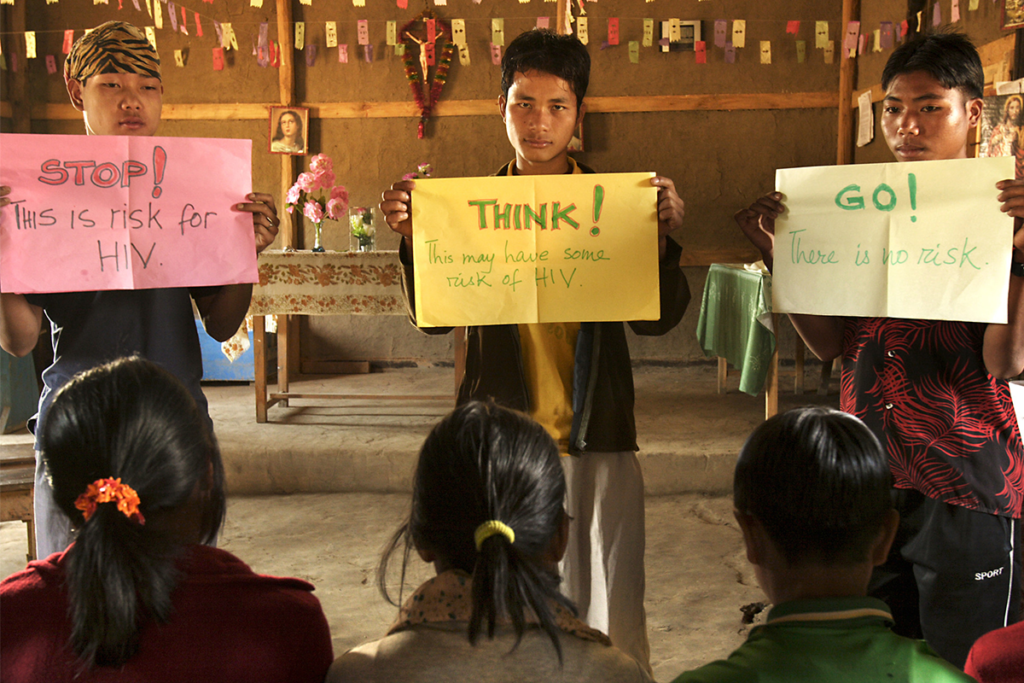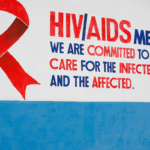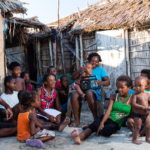On a quarterly basis, the LINKAGES project releases a research digest comprised of the latest peer-reviewed article abstracts related to HIV and key populations (KPs) – sex workers, men who have sex with men (MSM), transgender people, and people who inject drugs. LINKAGES is PEPFAR and USAID’s largest global project dedicated to using evidence-based approaches for reducing HIV transmission among KPs and improving their enrollment and retention in care. KPs have the highest risk of contracting HIV and often face formidable barriers to accessing prevention, care, and treatment services. The research digest keeps implementers and researchers up to date on the rapidly expanding evidence base pertaining to HIV services for KPs on a global scale.
The latest edition of the digest, released June 2017, features 142 abstracts covering a range of studies on HIV self-testing, condom use, family planning, and risk behaviors related to sexually transmitted infections, among other topics. This quarter’s digest identifies five articles focusing on young KPs. This particular group is relatively understudied, and although the evidence base on HIV-related risks, behaviors, and needs of young KPs is growing, more research is needed.
What did we learn about young KPs and HIV in the past quarter?
The studies published this quarter reveal that many factors affect the ability of young KPs to access HIV services. HIV-related stigma and discrimination, judgment from health care providers, fear of confidentiality breaches, and low health literacy are perceived barriers to services. On the other hand, having strong social supports, reliable and accessible testing sites, and general health literacy all facilitate young KPs’ access to health services.
A community-based research project by Carmen Logie and co-authors in Jamaica conducted focus groups with young transgender women and young MSM and found that social barriers like stigma, fear of testing HIV-positive, and concerns of having an HIV-positive status publicly disclosed led many young KPs to avoid testing. Young KPs who participated in the research noted that improving provider-patient relationships by enhancing confidentiality and supportive communication would likely increase HIV testing uptake within their community.
Young KPs’ experiences along the HIV care cascade are hardly specific to Jamaica. Another study featured in this quarter’s digest by Haochu Li and co-authors conducted in-depth interviews with 21 young MSM living with HIV in China to identify thematic barriers and facilitators for content and data analysis. Li, et al. concluded that improvements in the standards and quality of on-going HIV counseling and supportive testing inevitably link more young MSM to seek out HIV care and treatment.
In Thailand, Khumsaen and Stephenson examined the relationship between beliefs about HIV and AIDS and both preventive and risk behaviors among young MSM through anonymous Facebook surveys. Their logistic regression analysis of the data indicated that age (18 to 21 years) is a key factor associated with risk behaviors, further verifying that young KPs are a priority group for HIV research. The digest includes outcomes from another survey by Wirtz and co-authors conducted with young MSM in Myanmar, which resulted in a similar call for more focused research to understand the social dynamics affecting young KPs’ vulnerability to HIV acquisition and transmission.
Translating research into practice is an important step in building the evidence base of new and existing programs for young KPs. A 2006 survey by Kornilova and co-authors of young KPs in St. Petersburg, Russia found an extremely high HIV seroprevalence of 37.4%. By 2012, the implementation of extensive support programs had led to a 73% decrease in HIV seroprevalence among this group.
Evidence from these five studies suggests that when young KPs have access to better quality, more integrated HIV prevention, care, and treatment services, they are more likely to take advantage of the HIV services available to them. These studies further support the views of many practitioners that peer support, community safety, and access to health workers that understand and adequately address the needs of young KPs in welcoming environments are essential components in reaching the most at-risk groups along the HIV care cascade.
Photo credit: Anita Khemka/FHI 360




